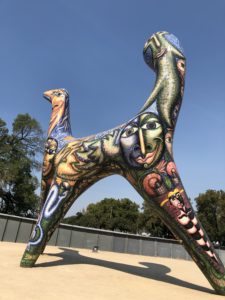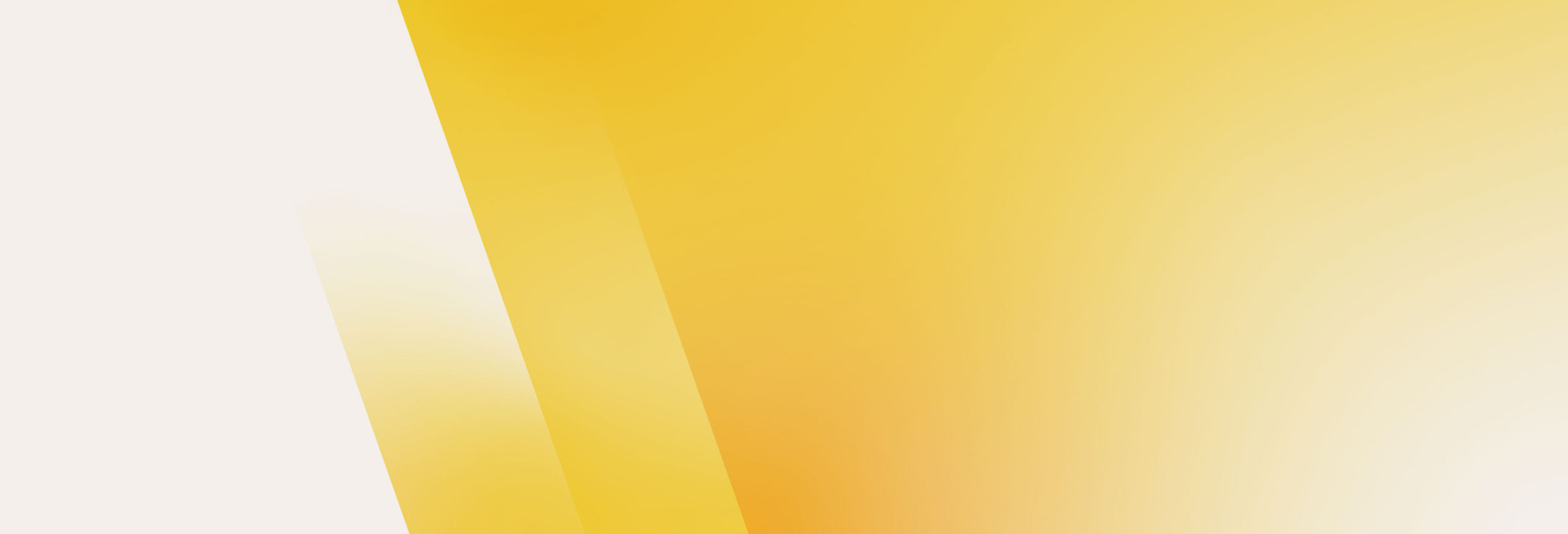A Lesson Learned: Indigenous Studies Abroad
How Embarrassing Myself in Front of my Class Changed my Life
From a young age, I learned about Native Americans in school: where they lived, how they lived and what they looked like, but I never truly learned their complete history. In high school is when I began learning who Christopher Columbus really was and what he actually did to the Native Americans. I then became curious about other countries and how their Indigenous communities were treated.
So, when I decided to study abroad, I knew learning about Australia’s Indigenous communities was something I needed to do to truly feel connected to the area and culture. I discovered a course called Aboriginal Cultural Studies at the University of Melbourne and I was eager to learn more. I expected to learn the basics as I did through my education in the United States, but I never expected to develop such a true understanding of their lives the way I did through this course.
Difficult Past

As an International Affairs major, I am used to studying about other cultures and learning how to be respectful of other beliefs and customs that we discuss in class. When my Aboriginal Cultural Studies course began, I was very excited to get a perspective of an Indigenous community in the city I was living in for a semester. Little did I know that this would be one of the toughest classes I would take yet in my undergraduate studies.
I quickly began to feel out of place in the course because I was one of a few students in the classroom who wasn’t an Indigenous person. I wasn’t expecting the class to have so many Indigenous students as well because I figured it was mostly for non-indigenous students, like myself, hoping to learn more about the culture and history of Australian Aboriginal Communities. It was a bit intimidating and I quickly began to question my positionality, why do I deserve to be in this room learning about such a sensitive topic? Similar to Native American history, in Australia around 1788, British explorer James Cook arrived in Australia with British colonizers with a plan to take over the newly found land. At this point, Indigenous communities and their ancestors had been living in Australia for around 50,000 years. In the same way that Christopher Columbus and his colonizers killed thousands of Native Americans, James Cook and his colonizers massacred thousands of Aboriginal people.
These massacres still cause grief to the thousands of Indigenous peoples living in Australia today. Therefore, speaking about this horrific time and the norms and customs that go along with being Indigenous can be a touchy subject for many. As in other periods of history, these massacres come with racist phrases and terms. I learned this the hard way.
Becoming Aware
As part of the course, each student was required to present on a reading about Indigenous studies. I knew this was a sensitive topic for other students in the room, so I was nervous about my presentation. As is expected in Indigenous studies, at the beginning of any lecture, the lecturer should acknowledge that the land they are standing on is Aboriginal land as well as acknowledge whether or not they are an Indigenous person. I was especially concerned about this section of my presentation because it was so important to get it right. I was sure to email and speak with my professor in person about the correct way to acknowledge the land. When it came time to present, I felt confident that I could present in a respectful manner to a room full of Indigenous people.
However, it turns out that this was not the case. Halfway through my presentation, a student interrupted me and explained that throughout my entire presentation I had been using a racist term towards Indigenous people, “Aborigine”. I was shocked. I was using the term that I had read in my reading for the presentation and had no idea the history of the phrase or how disrespectful it is. I felt terrible.
I had prepared so much to be a respectful student in a topic of study I was unfamiliar with and I ended up doing the complete opposite. I didn’t know how to continue my presentation. Thankfully, my professor stepped in and explained that I was likely using the phrase due to its use in the article, not out of disrespect. He kindly took the blame for not previously explaining the history of the word and encouraged me to finish my presentation. Later, the professor emailed the entire class a document of acceptable and unacceptable terms to clarify for students who may not have a background in Australian Indigenous studies but other than that the incident was never brought up again. This was a major turning point not only in the course itself but also for any future International Studies courses or situations where I will be interacting with a new culture.
This course not only taught me about the Aboriginal communities in Australia, but it also taught me how to be sensitive to cultures different from my own, and that mistakes are inevitable. In the future I will be sure to talk to locals, my professors and my peers in the country I am living in to learn about sensitive topics and become culturally aware of the people and places around me. I hope that the knowledge I gained from this course will help me in any future experiences similar to this that I may have. I’m certainly not done traveling and I am excited to apply the knowledge I learned from this course to any future cultures I may encounter. I would strongly encourage any student studying abroad to take time, whether through a class or through speaking with locals, to learn about the country’s history and Indigenous people.
Julia Mason is a Spanish and International Affairs student at Skidmore College and studied abroad with IFSA at the University of Melbourne in Melbourne, Australia in Spring 2019.
